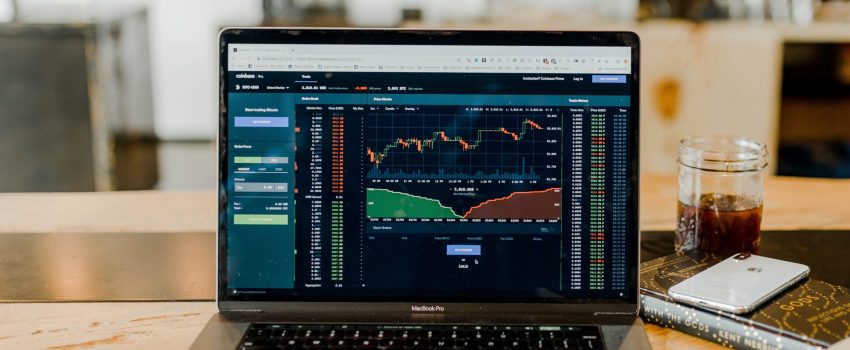In the private lending industry, 2019 was a blockbuster year for institutional investors. 2020 was scheduled to be business as usual until COVID-19 and the lockdowns raged through the US economy.
Suddenly, in early Q2 of 2020, Wall Street investors and their proxies pulled back as aggressively as they jumped into the market in 2014-2015. With all the uncertainty, volatility, and speculation associated with the real estate market, it was predictable and an appropriate response.
As the pandemic has continued, the state of the SFR market when it comes to institutional investment became a big question mark. Starting in the mid-summer of 2020, many secondary market purchasers returned to the market…but not in the way we expected.
The demand was not in fix-and-flip SFR loans, which had been a staple of the industry for 20+ years. It was in DSCR / Rental Loans for SFR real estate. These loans had traditionally been higher LTV, longer term, and lower rate. They gained immense popularity in private lending in the past two years because investment banks were able to securitize them much like conventional mortgage products. However, they’ve never been the primary asset class in the private lending industry. Fix-and-flip, rehab and construction loans had dominated the market, so it would stand to reason these loans would be in high demand as institutional investors and their proxies returned to the market. Starting in early June, many larger retail lenders returned with DSCR / Rental loan products with more conservative terms. These terms became more competitive over time.
After lengthy discussions with various industry professionals, we agree that the market conditions for SFR real estate are what have made the major difference. There is still a significant shortage in residential real estate nationwide. In fact, the U.S. Census Bureau indicates that from April to September 2020, the monthly housing supply went from 6.8 to 4.0 (ratio is based on houses for sale to houses sold). At the same time, perm loans and mortgage rates are at record lows which is driving demand. From my perspective, this creates a significant opportunity for any SFR mortgage product throughout the U.S. From an investment perspective, there was also pent-up demand. With the federal funds rate at 0%, conventional investment products considerably volatile, and the bond market in shambles, SFR rental and SFR bridge / rehab started to make sense.
Looking back on the past 6 months of this strange pandemic and the immense impact it has had on our economy, we entered it with significant concern. Why? Because we saw the worldwide devastation caused by the 2008 Great Recession. But we started to realize this was not the same. Residential fundamentals were strong, values had not plummeted, and foreclosures weren’t skyrocketing. Looking forward, it’s likely we will see a return to status quo light. In other words, we are optimistic for what the future must bring to the private lending industry.






